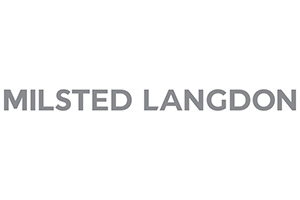MVLS – TAX EFFICIENT DISTRIBUTIONS

When people consider what the Restructuring and Insolvency team does, they will nearly always consider us to be dealing with individuals and businesses in distressed situations.
This only reflects one side of our work, a reasonable proportion of our day-to-day work involves us assisting shareholders through a solvent liquidation process, to extract the value that has accumulated in their limited company.
A solvent liquidation process is available to companies that can pay all of their debts, and statutory interest, within 12 months of liquidation. To enter into liquidation the directors of a company must swear a Declaration of Solvency and the members must pass the necessary resolutions.
There are many circumstances in which a solvent liquidation may be appropriate, but the process is often instigated when the company has accumulated large reserves, often consisting of just surplus cash, following many years of successful trade or as a result of the sale of the company’s business and assets.
The reason many shareholders opt to follow the solvent liquidation process, rather than simply extracting the remaining value and striking off the company, is due to tax savings that can often be achieved.
This saving is available because, when funds are extracted from a company as dividends, the income in the hands of the shareholder will (in most cases) be taxed as income, attracting a tax rate of 40 per cent for higher-rate taxpayers.
Where a company is in liquidation, however, the funds distributed to shareholders by the appointed liquidator will be treated as capital (in most cases), which will attract a lesser rate of tax of 20 per cent (or 24 per cent for gains on property, from April 2024*) for higher rate taxpayers.
The tax saving can be greater where Business Asset Disposal Relief (BADR) applies, as in this case the rate of tax payable in the hands of the shareholders would reduce to 10% on gains made (subject to a lifetime limit of gains of £1m).
To claim BADR certain conditions must be met, including having, for the preceding two years, held 5% voting shares in the company and been an officer, director or employee**.
The tax savings achievable through the use of a solvent liquidation can, therefore, be substantial and will in most cases be far in excess of the costs associated with the solvent liquidation process required to achieve them.
If you would like to discuss whether a solvent liquidation could achieve tax savings for one of your clients looking to extract the value from their limited company, please feel free to get in contact with one of the team.
*28% on gains made before 5 April 2024
**To understand whether BADR would apply, please speak to one of our tax experts.

